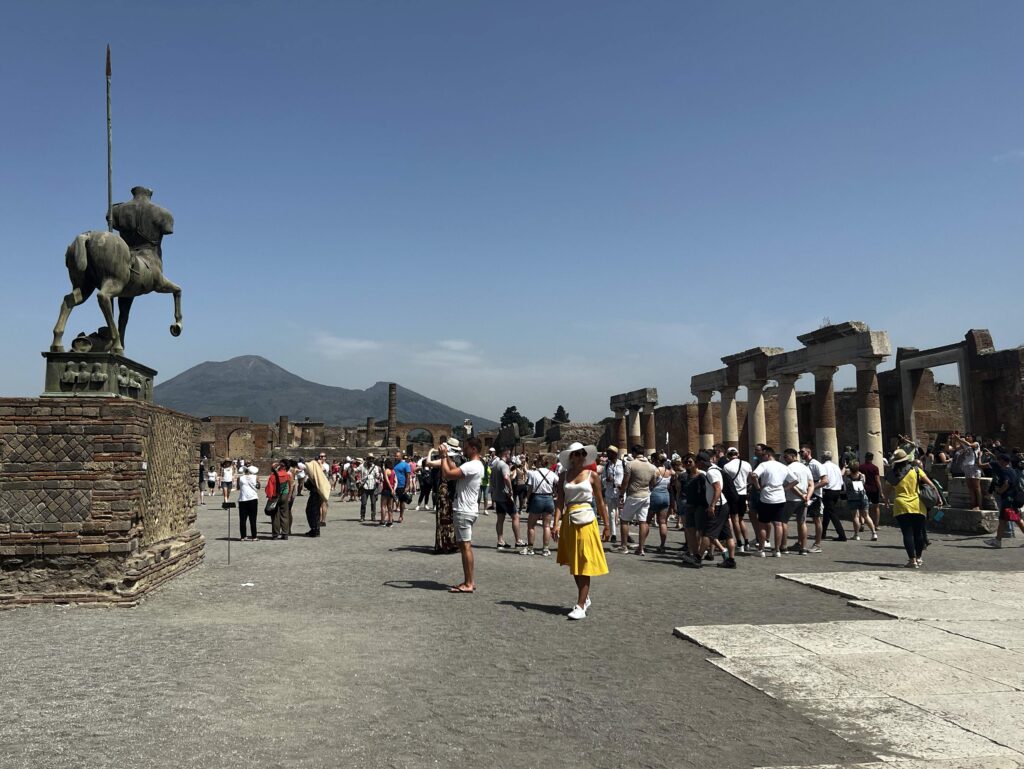I was recently in the Florida Keys and am happy to report that four months after Hurricane Irma wreaked her damage on September 10, 2017, Key West is back to normal — that is to say, what passes for normal in this very unique and independently-minded slice of paradise. There was a cruise ship at port almost every day disgorging tourists to the bars and shops on Duval Street, establishments were up and humming and there were the usual visitors from around the world.

Drive through the dozens of Keys to get to Key West, however, and it’s another story altogether. Although Key Largo at the northern tip of the Keys and Key West at its southern end escaped most of Irma’s wrath, some of the middle Keys got hammered, with much of the damage still visible spread from Islamorada at about Mile Marker 80 through Cudjoe Key at about Mile Marker 20 (for those of you not familiar with the Keys, most establishments along Highway 1 are most easily identified by its mile marker, which begins in Key West at Mile 0 and runs northeast through Key Largo to Mile Marker 110).
I was in Tallahassee during Irma, and because the capital at one time was thought to be straight in the hurricane’s path, I was pretty much glued to the TV. While we were spared, videos coming out of the Keys were horrific, with boats strewn onto roads or overturned in canals, trailer courts that looked like jumbles of Legos and downed trees and power lines.

Initial recovery was swift (especially in light of recovery efforts in the US Virgin Islands and Puerto Rico), with Highway 1 reopening only five days after the hurricane and the first cruise ship landing in Key West September 24. But while it’s a party as usual in Key West, some of the Keys are still on a painful path toward recovery. When I stopped by the Marathon Visitors Center to ask how things were going, the woman there handed me sheets of paper with lists of hotels, restaurants and businesses that had reopened, with only about 63 percent of lodging now operating. All 10 of the Keys’ state parks are now open for day use, but overnight camping has resumed in only a few of them. Beaches have also been impacted, with some still closed and others only partially open. All major attractions have reopened as have most restaurants, though some eateries remain shuttered.

But the enormity of Irma’s power was most evident to me by what was still left in its wake and what had simply disappeared. I saw huge piles of debris along the highway, full of boards, brush, trailer hulks, mattresses, sofas, coolers, refrigerators, furniture, twisted metal and all the unusable items that had once been part of people’s lives. There were upturned trees, as well as shrubs and trees stripped of all leaves. There was still the occasional stranded boat, and I saw former trailer courts and home lots that are now eerily vacant and those that are still being cleared of destruction. But the most distressing thing I saw were the bay side mangrove forests and hardwood hammocks, strewn with debris sometimes so thick that they only way to remove it would be by human hand. There are doubtless higher priorities right now, but no one knows what the damage might be to the environment and to wildlife. Even thoughtless litter can kill an animal.

That was brought home to me at Key Deer Refuge Visitor Center on Big Pine Key, one of the hardest-hit keys. The Center had lots of information about the refuge’s most famous inhabitants, the key deer, found only here and weighing only 60 to 80 pounds and standing about 2.5 feet tall. At one time the population had dwindled down to only 11 deer, but since 1984 the protected species has rebounded to about 800 animals. Still, there are casualties, mostly due to cars. Photographs at the center also showed how deer and other wildlife can become ensnared or poisoned by litter. And that was before Irma.
The guy behind the desk at the Key Deer Refuge Center didn’t mince words when it came to Irma and the doubts it cast on the future. He wasn’t sure how some people who had lost property would ever rebuild, or even whether they could or ought to. He alternated between hopeful optimism and despair, saying that the Keys were a “slowly deteriorating thing” and that the “Keys aren’t about the land so much as about the water.” Although he assured us that everything “will come back, will come back,” he also said “everything is beaten down” and we “don’t know what’s going to happen.” It’s not difficult to feel sympathy for him. He, too, had suffered property damage from Irma.
So while cleanup and reconstruction are ongoing, it may take a while for the Keys to move past Irma entirely. And surely there are lessons in there somewhere. Hurricanes may grow fiercer and more frequent. Some environments might just be too fragile and vulnerable for human population. Of course, it’s easier for someone who doesn’t live in areas threatened by flooding, wildfires or soil erosion to say what should be done, harder for someone who does. All I know is that the Florida Keys represent some of the most awe-inspiring landscapes in our country. Go now.






